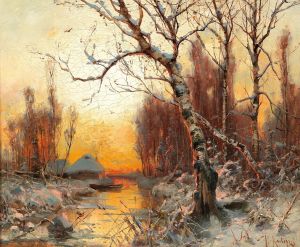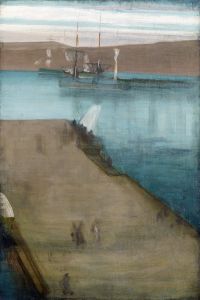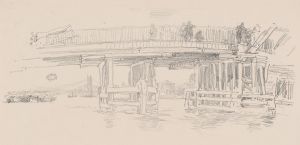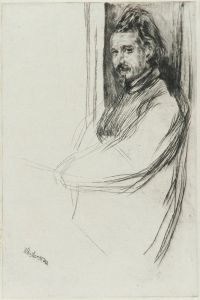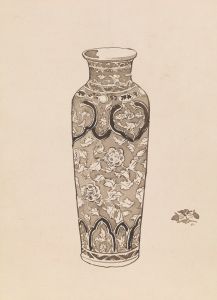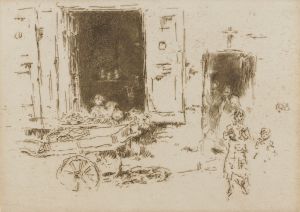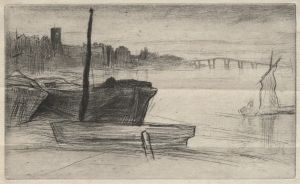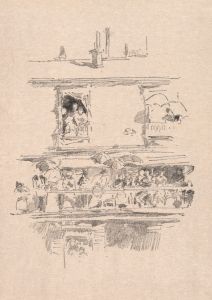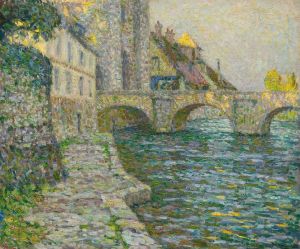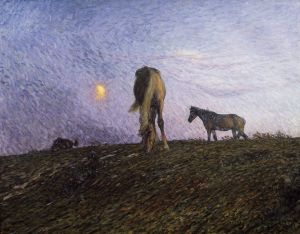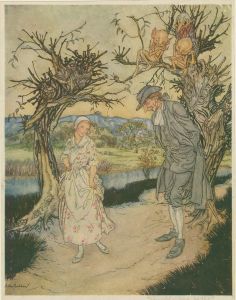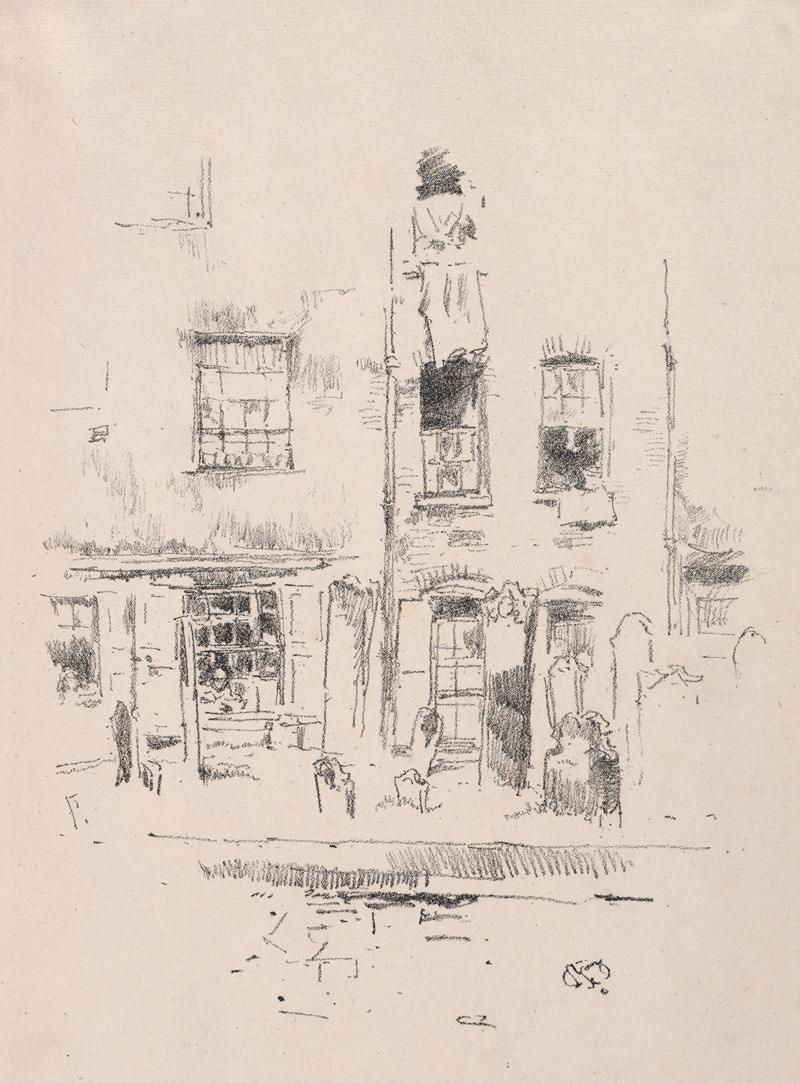
Churchyard
A hand-painted replica of James Abbott McNeill Whistler’s masterpiece Churchyard, meticulously crafted by professional artists to capture the true essence of the original. Each piece is created with museum-quality canvas and rare mineral pigments, carefully painted by experienced artists with delicate brushstrokes and rich, layered colors to perfectly recreate the texture of the original artwork. Unlike machine-printed reproductions, this hand-painted version brings the painting to life, infused with the artist’s emotions and skill in every stroke. Whether for personal collection or home decoration, it instantly elevates the artistic atmosphere of any space.
James Abbott McNeill Whistler was an American artist known for his significant contributions to the art world during the late 19th century. He is often associated with the Aesthetic Movement, which emphasized the visual and sensual qualities of art and design over narrative or moral messages. Whistler's work spans various mediums, including painting, etching, and lithography. One of his lesser-known works is "Churchyard," which reflects his interest in capturing atmospheric effects and mood.
"Churchyard" is an etching created by Whistler, showcasing his skill in this medium. Whistler was highly regarded for his etchings, which were often compared to those of the old masters. His etchings are characterized by their delicate lines and the ability to convey a sense of place and mood. In "Churchyard," Whistler employs these techniques to depict a serene and contemplative scene.
The etching likely features a churchyard, a common subject in art that evokes themes of mortality, history, and tranquility. Whistler's approach to such a subject would have been to focus on the interplay of light and shadow, capturing the quiet dignity of the scene. His use of line would create a sense of depth and atmosphere, inviting viewers to reflect on the scene's mood rather than its narrative content.
Whistler's etchings often reflect his travels and the various places he visited. He spent significant time in Europe, particularly in London and Paris, where he was influenced by both the Old Masters and contemporary movements. His work often reflects a synthesis of these influences, combining traditional techniques with a modern sensibility.
The Aesthetic Movement, with which Whistler is associated, valued "art for art's sake," suggesting that the beauty of art is an end in itself. This philosophy is evident in Whistler's work, including "Churchyard," where the emphasis is on the visual and emotional impact rather than a specific story or moral lesson.
Whistler's etchings, including "Churchyard," were part of a broader revival of interest in printmaking during the 19th century. Artists and collectors alike appreciated the medium for its ability to produce multiple copies of an image, making art more accessible to a wider audience. Whistler's contributions to this revival were significant, and his etchings remain highly regarded for their technical skill and artistic vision.
In summary, "Churchyard" by James Abbott McNeill Whistler is an etching that exemplifies the artist's mastery of the medium and his commitment to the principles of the Aesthetic Movement. Through his delicate use of line and focus on mood, Whistler creates a work that invites contemplation and appreciation for its beauty and atmospheric qualities.






